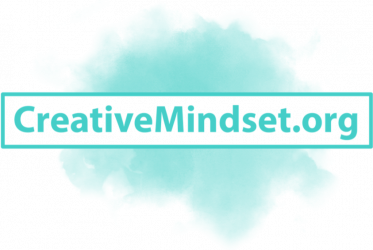
Art is often seen as a luxury, something that is nice to have but not necessarily essential. Yet, the undeniable truth is that the world needs art. It has the power to inspire, educate, and connect people from all walks of life. From the colorful murals on city streets to the stunning sculptures in public parks, art can be found everywhere, brightening up our surroundings and enriching our lives.
Why is it important for the world to have art? In this blog post, we will explore the various ways in which art contributes to society and the individuals within it, and ponder on the question of why art is essential. From its ability to serve as a tool for self-expression, to its ability to raise awareness about important social and political issues, we will delve into the many reasons why art is essential for a healthy and thriving society.
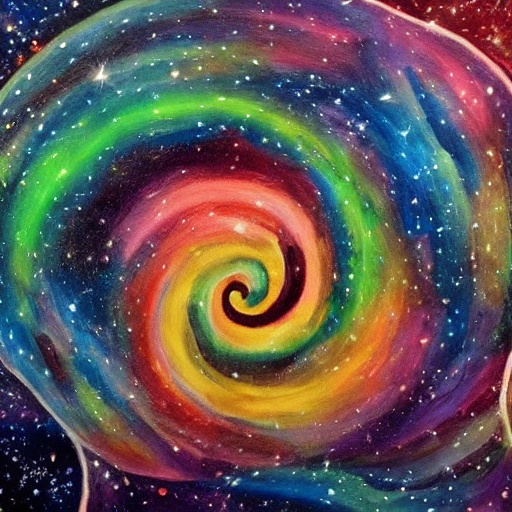
Art gives individuals an outlet to creatively express themselves and their unique perspectives.
Through art, individuals can communicate their thoughts, feelings, and experiences to others in a way that is both personal and universal. A painter may use bright colors and bold brushstrokes to convey a sense of energy and movement, while a sculptor may use heavy textures and rough lines to convey a sense of weight and solidity. A musician may use melody and harmony to evoke a range of emotions, and a poet may use metaphor and imagery to convey complex ideas.
Art is often used to explore personal identity and to reflect on one’s place in the world. A photographer may use the camera to document their personal experiences and perspective on the world, while a performance artist may use the body as a medium to express their unique point of view.
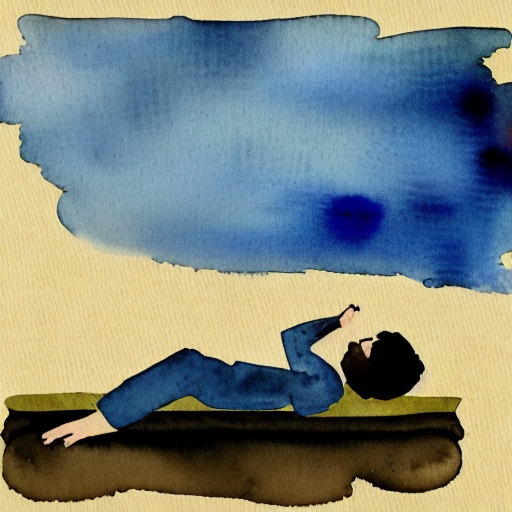
Art inspires thought, encouraging people to see the world in new ways.
Through its ability to convey meaning and evoke emotion, art can challenge people’s assumptions and broaden their perspectives across different mediums. A novel by a writer like Toni Morrison can provide a unique perspective on race and history, helping readers to see the world in new ways. A contemporary dance performance by a choreographer like Martha Graham can challenge the audience’s understanding of movement and the body. A craftsperson like Dale Chihuly, who works with glass can inspire people to think more creatively about the material and its possibilities, and how it can be used in art.
Art brings people together fostering a sense of community, and connects individuals with similar values.
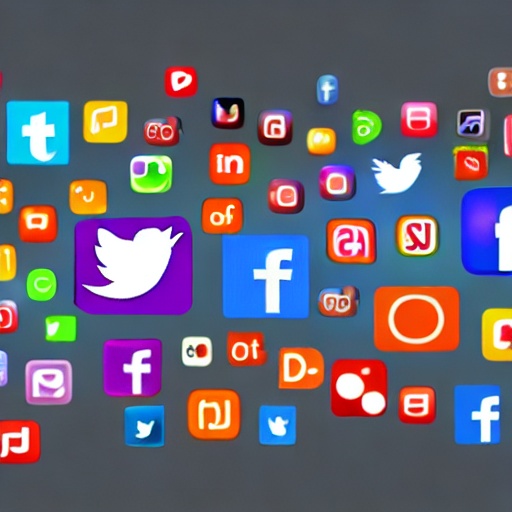
Art brings people together fostering a sense of community, and connects individuals with similar values.
Art has the power to bring people together and foster a sense of community by connecting individuals with similar values and interests. August Wilson, whose works explores the African American experience, can bring together audiences of diverse backgrounds who share an interest in understanding and exploring this experience. A modern art painter like Frida Kahlo whose works are deeply personal and often reflect her identity as a Mexican woman can connect people from similar backgrounds who share an interest in understanding and exploring these themes. Alain Badiou who uses art as a medium to explore and communicate complex ideas, can bring together people who share an interest in exploring these ideas and the role of art in philosophy.
With the advent of social media platforms like YouTube, Instagram and Twitter, art is creating connections in a whole new way. For example, on Instagram, there are various communities dedicated to specific art forms, such as photography, illustration, or street art, which bring together artists, enthusiasts and art appreciators who share a passion for these forms. Similarly, on YouTube, there are channels dedicated to different art forms and techniques, such as drawing tutorials, music performances, or dance tutorials, which bring together people who share an interest in learning and practicing these art forms. On Twitter, there are various art-related hashtags and accounts such as #artlovers, #artistsoninstagram, #artsy, which allow people to connect with other art lovers and artists from around the world.

Art conveys messages and ideas in powerful and evocative ways.
Through the use of symbolism, metaphor, and other literary devices, art can communicate complex ideas and emotions in a way that is both direct and nuanced. The works of the artist Banksy, often address political and social issues using the medium of street art, creating powerful visual statements that can be easily understood by a wide audience. The iconic “Guernica” painting by Pablo Picasso, painted as a reaction to the bombing of the Spanish town during the Spanish Civil War, conveys the horrors of war and the suffering of innocent civilians. The “I am a Man” photograph by Ernest Withers, taken during the Civil Rights Movement, conveys the message of the struggle for equality and the power of peaceful protest.

Art raises awareness about important social and political issues.
Through the use of various mediums and techniques, artists can draw attention to issues that may be overlooked or misunderstood by the general public. The works of the artist Ai Weiwei, often addresses human rights issues, censorship, and the surveillance state in China. His art became a political act and a form of protest. The works of the artist Kehinde Wiley, address issues of representation and the representation of black bodies in Western art. His paintings depict contemporary black people in poses that are traditionally reserved for powerful historical or mythical figures, subverting traditional notions of power and representation. The works of the artist JR, whose street art addresses issues of poverty, inequality, and discrimination by pasting large-scale photographs of marginalized individuals in public spaces.
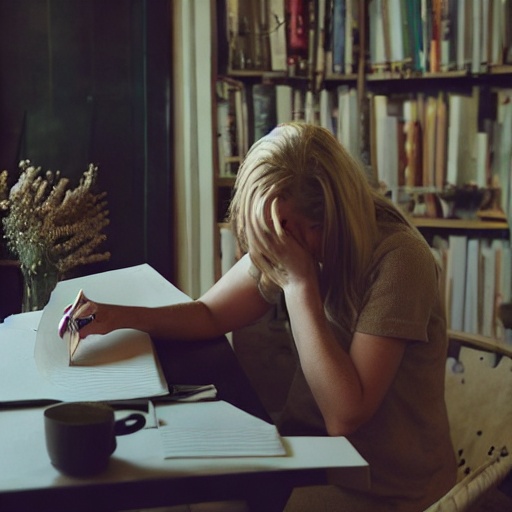
Art has therapeutic benefits, helping us cope with stress, anxiety.
Engaging in creative activities such as painting, drawing, and sculpting can provide a sense of accomplishment and self-esteem, which can be beneficial for mental health. Art therapy, which is a form of therapy that uses art making as a means of self-expression, has been shown to be effective in treating a variety of mental health issues, including depression, PTSD, and addiction. Art therapy can help individuals to process and express emotions that may be difficult to put into words, such as trauma or grief. It can help to improve communication, problem-solving, and self-esteem. Moreover, creating art can also provide an outlet for stress and anxiety, as it allows individuals to focus on the present moment and engage in a calming and meditative activity.Art can also be used in group therapy sessions, allowing individuals to connect with others and feel less alone in their struggles.
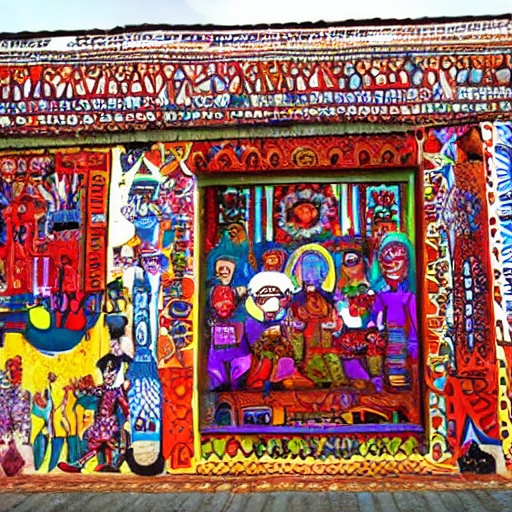
Art preserves cultural heritage, helping future generations to understand and appreciate the traditions of their ancestors.
Throughout history, art has been used to record and celebrate cultural customs, beliefs, and traditions. For example, ancient Egyptian hieroglyphs and pyramids, ancient Greek pottery and sculptures, and medieval European tapestries, all provide insight into the cultural heritage of their respective civilizations. In modern times, traditional art forms such as indigenous textiles, pottery, and jewelry, continue to be created and passed down through generations.
Museums and cultural institutions play a vital role in preserving cultural heritage by collecting, preserving, and displaying traditional art and artifacts. The British Museum holds one of the largest collection of Egyptian artifacts in the world, allowing people to learn about and appreciate the cultural heritage of ancient Egypt. Many countries have national museums that preserve and showcase traditional art and artifacts, such as The National Museum of Anthropology in Mexico, that holds one of the most extensive collections of pre-Columbian art and artifacts in the world.

Art educates, providing a more engaging and meaningful way to learn about history, science, and other subjects.
Plays such as Shakespeare’s works provide a way to explore historical events and figures in a way that is both entertaining and informative. Movie documentaries such as Ken Burns’ “The Civil War” provide a visual and emotional way to learn about historical events and figures.
In schools, art education can be used to supplement traditional classroom instruction. Learning about ancient Egyptian culture through studying the art and artifacts of the civilization can provide a more engaging and memorable way to learn about the subject. Additionally, using art in science classes, such as creating models or illustrations to explain scientific concepts can make the material more relatable and easier to understand.
Art provides economic benefits, supporting local artists and businesses, and generates tourism.
The art industry, which includes the creation, promotion, and sale of artworks, is a significant contributor to the economy, providing jobs and income for a wide range of people, from artists and artisans to art dealers, curators, and art educators. A thriving local art scene can attract tourists, who visit art galleries, museums, and art fairs, thus generating income for local businesses and supporting the local economy. The presence of that vibrant art scene can attract other businesses such as restaurants, hotels, and retail shops, which benefit from the increased foot traffic.
The art industry also generates income through the licensing and merchandising of artworks, allowing the public to purchase reproductions, such as prints, posters, and clothing featuring popular artworks.It also generates income through the creation of art-related products such as art supplies, art books, and art-related tours. Let’s not forget government funding such as grants and tax incentives, which can help to support the creation and promotion of art.
Of course, the purchase of artworks can also provide income for artists and artisans, allowing them to continue to create and produce new works.

Art brings joy, beauty, and inspiration, makes the world more vibrant and meaningful.
-
- From the colorful murals on city streets to the stunning sculptures in public parks, art can be found everywhere, brightening up our surroundings and enriching our lives.
- A painting can evoke a range of emotions and evoke a sense of wonder and awe, providing a window into the artist’s perspective and emotions.
- Music can lift our spirits and make us feel more connected to the world around us. It can also inspire and evoke emotions, making it a powerful tool for self-expression.
- Theater brings together the elements of acting, script, design, and direction to create a live performance that can evoke emotions and inspire audiences.
- Dance can be a powerful tool for self-expression and storytelling, and can be used to convey emotions and ideas in a dynamic and visually stunning way.
- Photography can capture a moment in time and provide a window into other cultures, perspectives, and ways of life, providing a sense of connection and community.
- Film can challenge our assumptions, inspire us to see things in a new way, and evoke a range of emotions.
- Sculpture can provide a connection to the past, and can evoke a sense of wonder and awe, through the manipulation of materials and space.
- Poetry can be used to express complex ideas and emotions in a concise and evocative way, and can evoke a sense of wonder and awe through the use of imagery and metaphor.
- Literature can be used to explore personal identity, and to reflect on one’s place in the world, through the use of character development and story-telling.
- Graphic design can be used to convey ideas and emotions through the use of typography, imagery, and layout, and can evoke a sense of wonder and awe through the use of color, form and composition.

Art is essential.
Art is a vital and essential aspect of society. It has the power to inspire, educate, and connect people from all walks of life. It can bring joy, beauty, and inspiration to our daily lives, making the world more vibrant and meaningful. Additionally, art serves as a tool for self-expression, providing a way for individuals to explore and understand their own thoughts, feelings, and experiences. It can also raise awareness about important social and political issues, and can be used as a tool for personal growth and healing. Art has the power to preserve cultural heritage, and can provide economic benefits by supporting local artists and businesses and generating tourism. Without art, the world would be a less colorful, less meaningful, and less inspiring place. Art is not just a luxury but a necessity, and should be valued and supported.

